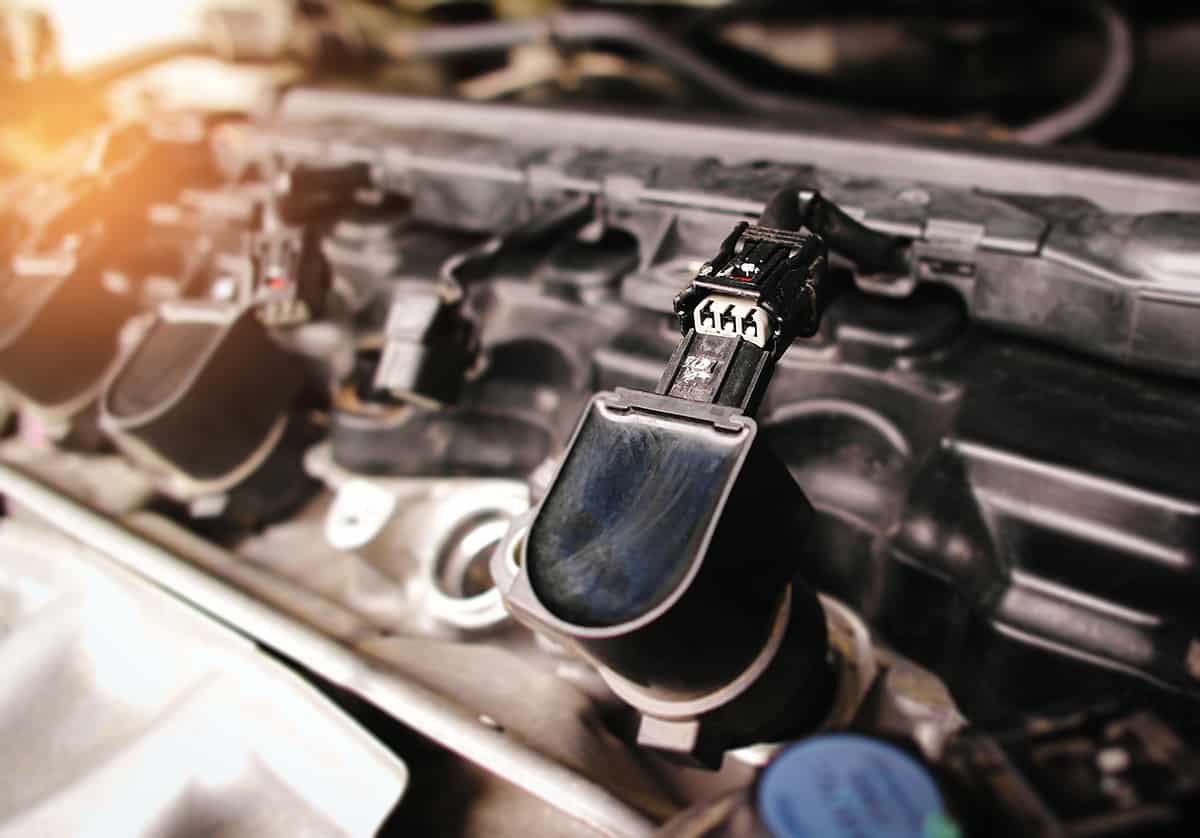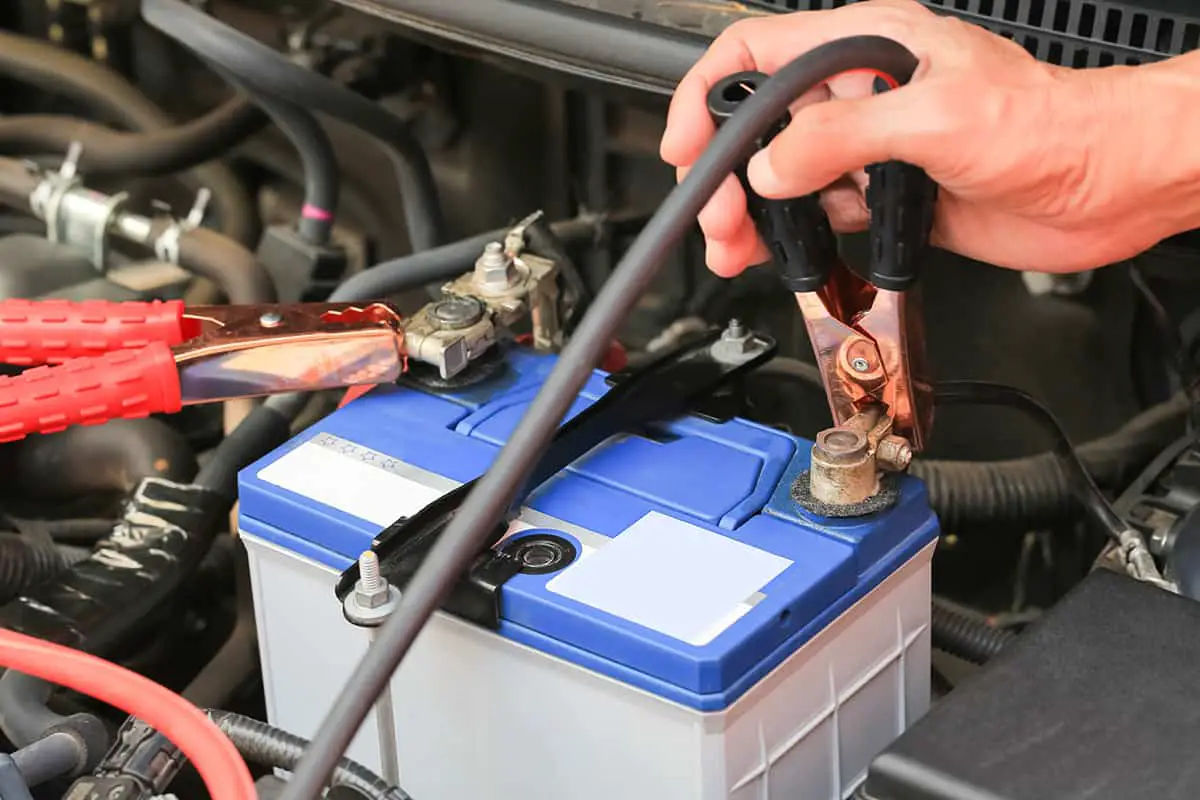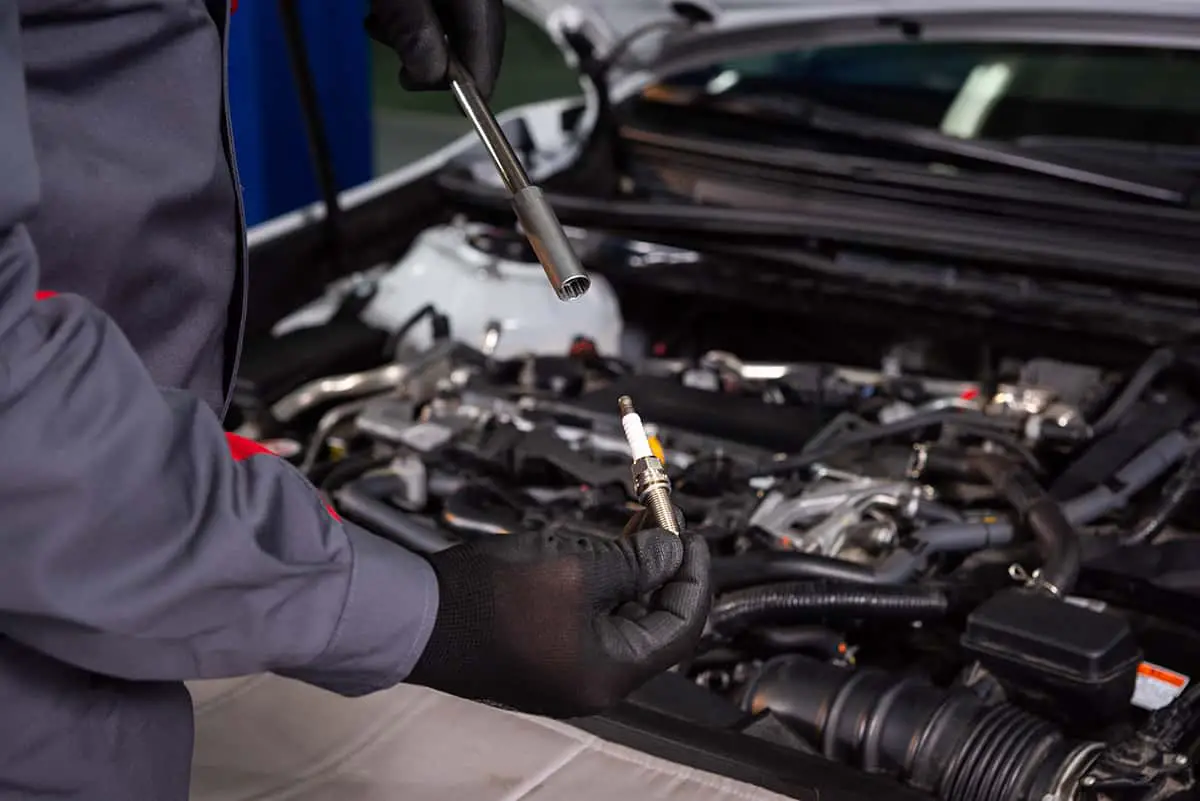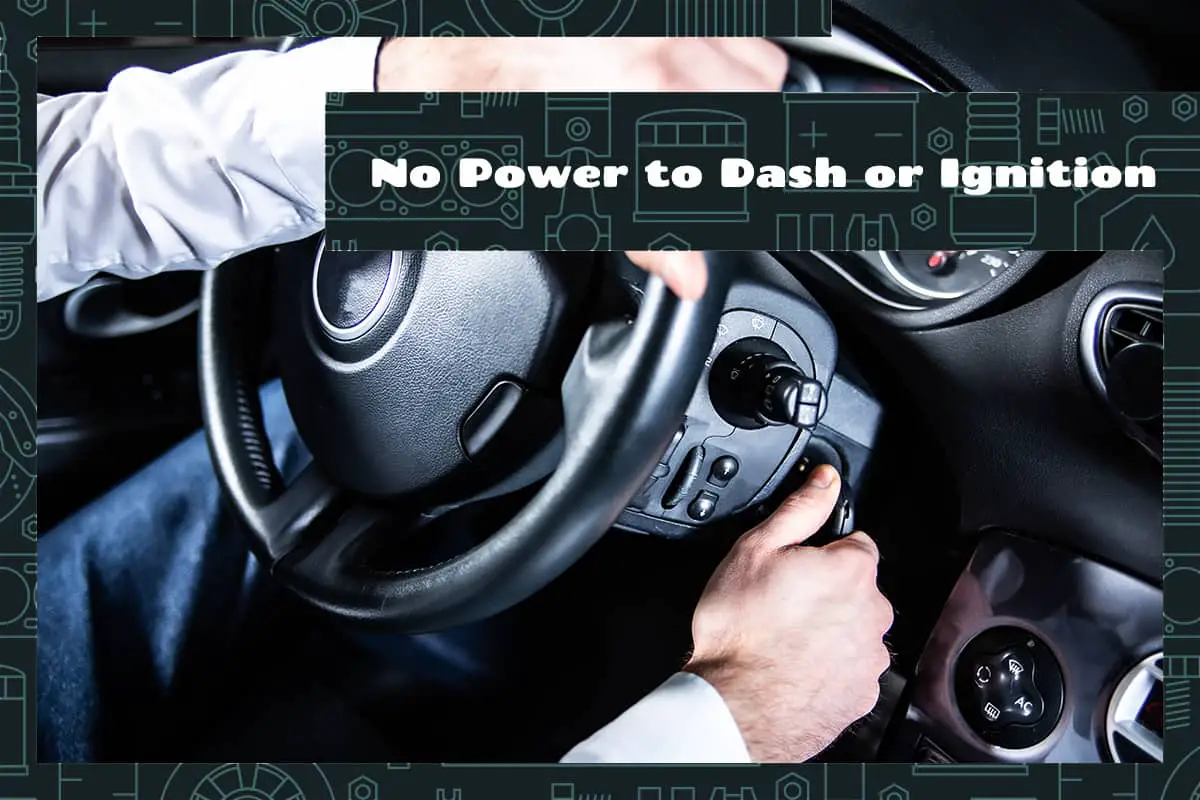Something every car owner will learn to dread is the unsettling moment when they turn the ignition key and nothing happens. The dashboard, which typically lights up with symbols and signals, remains ominously dark. Obviously, these systems aren’t receiving power, but what’s the cause?
If your dash or ignition won’t start up, it’s likely due to a faulty battery, damaged ignition switches, or issues with the car’s wiring and fuses.
This guide will go into the reasons behind such power failures and how you can resolve the problem.
Basics of Dash and Ignition System

The dashboard (often called the dash) and the ignition system are fundamental components of every car. While they serve different purposes, both are instrumental in ensuring a vehicle functions smoothly.
How the Ignition System Works
The ignition system’s primary function is to ignite the fuel-air mixture in the engine’s combustion chambers. This ignition is what propels your vehicle forward. Several components work together to ensure this happens correctly:
- Ignition Switch: This is where it all begins. When you insert and turn your key, or press a start button in more modern vehicles, you activate the ignition switch. It sends a signal to the other parts of the system to start the engine.
- Battery: The car battery provides the necessary electrical power. A charged battery ensures there’s enough voltage to create an electrical spark in the spark plugs.
- Ignition Coil: This component transforms the battery’s low voltage into the thousands of volts needed to create a spark.
- Spark Plugs: They take high voltage electricity from the distributor (or the coil in distributor-less systems) and use it to generate a spark, igniting the fuel-air mixture inside the engine’s combustion chambers.
Role of the Dashboard in Modern Cars
The dashboard, located right in front of the driver, serves as the command center of the vehicle. It provides essential information and controls, ensuring the driver is well-informed and the car operates safely:
- Instrument Cluster: This is a collection of gauges and indicators, such as the speedometer, tachometer (which measures engine speed), fuel gauge, and more. It provides real-time feedback on the car’s performance.
- Warning Lights: These lights alert the driver to potential issues, from low oil pressure to an open door. Each light corresponds to a specific system or function in the vehicle.
- Control Buttons and Knobs: Modern dashboards come equipped with controls for entertainment, climate, and navigation systems. Touchscreen interfaces are becoming increasingly common, allowing drivers to interact with various car features.
Primary Causes of No Power

When your dashboard’s lights don’t turn on, or when the engine doesn’t turn over when you turn the key, you know you’ve got a serious problem on your hands. Below, we’ll cover the main culprits of these issues. You may need external diagnostics tools to pinpoint the precise problem.
1. Dead or Dying Battery
Arguably, the most common reason behind power issues in a car is a battery that’s either dead or on its way out. The battery is the primary source of electrical power for starting your vehicle and for powering all of its electrical components.
- Age: Batteries typically have a life span of 3 to 5 years. As they age, their capacity to hold charge diminishes, which might not be enough to power the car’s systems.
- Corroded Terminals: Over time, battery terminals can develop corrosion, which can inhibit the flow of electricity from the battery to the car’s electrical systems.
- Frequent Short Drives: If the car is driven only for short distances and is not allowed to run long enough, the alternator doesn’t get ample time to recharge the battery.
2. Faulty Ignition Switch
The ignition switch is the component you turn with your key to start the vehicle. If it malfunctions, power won’t be directed to the necessary systems to start the car or illuminate the dashboard.
- Wear and Tear: Like all mechanical parts, the ignition switch can wear out over time, leading to internal electrical failures.
- Damaged Key: If the key used to turn the ignition switch is bent or worn, it might not engage the switch correctly.
3. Bad Starter or Starter Relay
The starter motor is what turns the engine over during the start-up. If it’s malfunctioning, it won’t engage the engine, preventing the car from starting.
- Worn-out Components: Internal parts of the starter, like the solenoid, can wear out or break, preventing the starter motor from functioning.
- Relay Issues: The starter relay acts as a bridge between the battery and the starter, directing high currents to the starter motor. If it’s faulty, the starter won’t receive the necessary power.
4. Alternator Problems
While the alternator’s primary role is to charge the battery while the engine is running, issues with it can manifest as power-related problems.
- Worn-out Brushes: The brushes in the alternator convey power to the rotor. As they wear out, they can diminish the alternator’s efficiency.
- Damaged Belt: The alternator is driven by the serpentine belt. If this belt is loose or broken, the alternator can’t generate power efficiently.
- Faulty Voltage Regulator: This component controls the voltage produced by the alternator. If it malfunctions, it can lead to overcharging or undercharging the battery.
5. Damaged Fuses or Wiring
Fuses act as safeguards for the car’s electrical circuits. If there’s an overload, the fuse will blow to prevent damage to the connected systems.
- Blown Fuses: A fuse can blow due to age, a short circuit, or an overload. When this happens, the circuit it’s protecting won’t receive power.
- Faulty Wiring: The wires connecting the ignition switch can become frayed or disconnected, disrupting the power flow.
Solutions for No Power to Dash or Ignition

After pinpointing which of the above causes is preventing your car’s dash or ignition from receiving power, you can implement the appropriate solution found below. These are general guidelines, so make sure you consult a professional mechanic for further advice.
Addressing Battery Issues
- Battery Testing: Using a voltmeter, you can measure the battery’s voltage. A fully charged battery should read around 12.6 volts. If it’s lower, consider recharging or replacing the battery.
- Replacement: If your battery is older than five years and shows signs of diminished capacity, it might be time for a replacement. Opt for a reliable brand with good reviews.
Fixing Ignition Switch Issues
- Lubrication: Sometimes, the internal components of the switch can get jammed. Using a lubricant designed for ignition systems can help smoothen its operation.
- Check Wiring: Inspect the wiring connected to the ignition switch. If you spot any disconnections or frayed wires, it’s vital to address them promptly.
- Professional Replacement: If the ignition switch is faulty, consider getting it replaced by an expert mechanic.
Tackling Starter and Relay Problems
- Starter Inspection: Check for any physical damage or signs of wear on the starter motor. If it looks worn out, consider getting it replaced.
- Relay Testing: A relay test involves using a multimeter to check for continuity. If the relay fails the test, it needs replacement.
- Consider Upgrades: If you’re replacing the starter, consider investing in a more robust model, especially if you live in colder climates where the starter works harder.
Managing Alternator Concerns
- Belt Inspection: Check the serpentine belt for signs of wear, cracks, or slackness. Replace it if necessary.
- Voltage Test: Using a voltmeter, test the voltage coming from the alternator. Ideally, it should read between 12.6 to 14.4 volts when the engine is running.
Repairing Damaged Fuses and Wiring
- Fuse Inspection: Regularly inspect the fuse box for any blown fuses. Replace them with fuses of the same rating.
- Wiring Check: Visually inspect wiring for signs of damage or wear. Use electrical tape to cover any exposed sections. For more severe damage, consider replacing the affected sections.






